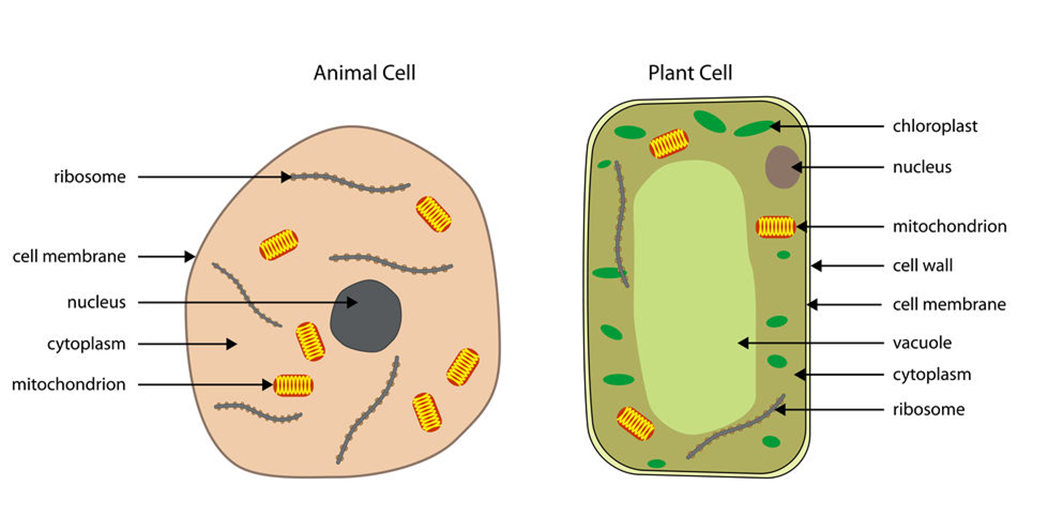Note that your final mark will not be saved in the system.
1. Cells and microscopes GapFill
You must fill all the gaps before clicking ‘Check Answers!’

All organisms are made up of cells. Organisms can range from one single cell, such as an amoeba, through to complex organisms like trees or humans, which have millions of cells, some of which are very specialised in what they look like and what they do.
Most animal and plant cells have the following parts:
- , which contains DNA and controls the activities of the cell.
- , a liquid gel where most of the chemical reactions happen.
- , which holds the cell together and controls the movement of substances into and out of the cell.
- – provide the energy for the cell by a chemical reaction called respiration, which releases energy from food.
Plant cells also have:
- – this is made of cellulose and helps to strengthen and support the cell.
- – large permanent central space filled with cell sap, which is a weak solution of sugars and mineral salts. The cell sap helps to keep the cells rigid and support the plant.
These two features are important for the support of the plant – plants have no bones, so without this support they’d just be all floppy and shapeless.
Green plant cells also have . These contain the green pigment chlorophyll, which absorbs light to make food for the plant by a chemical reaction called photosynthesis.
Cells are the basic building blocks of all animals and plants.
They are so small that you can’t see them with the naked eye, or even with a magnifying glass. You need to use to see them.
The most common version of this apparatus uses two lenses to produce a magnified image of an object:
- mount the object on a rectangular glass
- place it on the stage of the microscope with a light source below – this can be a mirror or a light bulb
- light shines through the object and into the objective lens
- the light passes through the lens and from there into your eye
You can focus the image using the focusing knobs until you see it clearly.